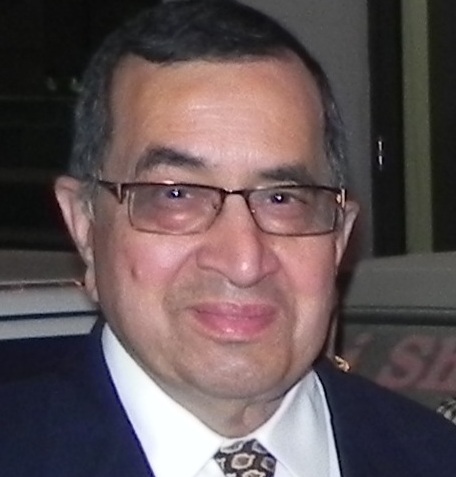
Born in 1941, Vinod was brought up and educated in Amritsar. He attended Government Medical College, and subsequently trained as a surgeon at PGI, Chandigarh. He left for USA in 1969, and retired in 2003 as Director of Critical Care Services at a teaching hospital in Michigan. Married with two grown sons, he continues to visit India at least once a year.
Ed. Note: This is closely linked to the author's My brother: handsome, witty, generous, tragic
I woke up and looked at the once familiar playgrounds that lay before my ancestral home in Amritsar. These grounds separated the street for a long stretch from densely situated houses around the Durgiana Temple. Instead of following the circular road around the main grounds, most people cut diagonally across to reach our street. I was nostalgic about the long past childhood, and my dead parents.
A lot of the trees around cricket grounds had been cut down as also the trees just outside the house. I had climbed many of them in my childhood. From the open roof of the second floor, I saw a group of women in the distance. The four of them appeared to be involved in an animated conversation. They seemed to be laughing at some shared intimacy. They were wearing the white cotton saris, which were right for the late summer season.